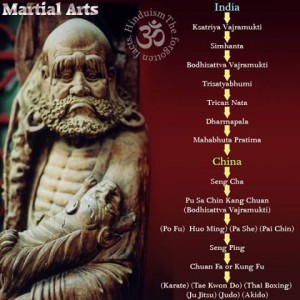Die Without Any Question and Without Any Answer
To solve your problems means to give you an answer that intellectually satisfies you; and to dissolve your problem is to give you a method that makes you yourself aware that there is no problem at all: problems are all our own creations and there is no need for any answer.
The enlightened consciousness has no answer.
Its beauty is that it has no questions.
All its questions have been dissolved, have disappeared. People think otherwise: they think that the enlightened man must have the answer for everything. The reality is he has no answer at all. He has no questions. Without questions how can he have any answer?
Gertrude Stein, a great poet, was dying surrounded by her friends when suddenly she opened her eyes and asked, “What is the answer?”
Somebody said, “But we don’t know the question, so how can we know the answer?”
She opened her eyes a last time and she said, “Okay, so what is the question?” and she died. A strange last statement.
It is very beautiful to find out the last statements of poets, painters, dancers, singers. They have something tremendously meaningful in them.
First she asked, “What is the answer?”…as if the question cannot be different for different human beings. The question must be the same; there is no need to articulate it. And she was in a hurry, so rather than going through the proper channel – asking the question and then listening to the answer – she simply asked, “What is the answer?”
But people don’t understand that every human being is in the same position: the same question is everybody’s question. So some stupid person asked, “But how can we answer if we don’t know the question?”
It looks logical, it is not: it is simply stupid – and to a dying person…. But the poor woman opened her eyes once more. She said, “Okay, what is the question?” And then there was silence.
Nobody knows the question, nobody knows the answer. In fact there is no question and there is no answer; there is only a way of living in confusion, in the mind. Then there are millions of questions and millions of answers, and each answer brings hundreds more questions in, and there is no end to it.
But there is another way of life: living in consciousness – and there is no answer and no question.
If I was present as Gertrude Stein was dying I would have said to her, “This is not the moment to bother about questions and answers. Remember that there is no question and there is no answer: existence is absolutely silent about questions and answers. It is not a philosophy class. Die without any question and without any answer; simply die silently, consciously, peacefully.”
~ OSHO – The Path of the Mystic, Talk #43

